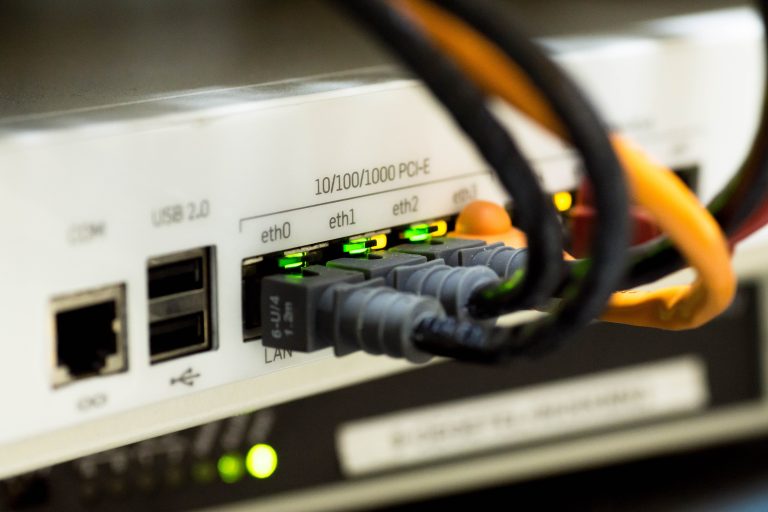IT networks and systems typically play a vital role in the day to day operations of most modern businesses. This dependence on functional IT infrastructures can cause significant issues if system outages or security failures strike unexpectedly.
Therefore, it’s vital that businesses carry out IT audits to establish how functional and secure their systems actually are. IT audits are often seen as a bit of a burden and that can be understandable if you don’t have a strong framework in place to make the process as efficient as possible. However, this kind of mindset can’t continue and will end up costing your business more than just lost time if something does go wrong.
So, we’ve developed this useful guide to help make the process a little easier for your management team and IT department to handle. Read on to find out more or head over to our Leadership page to read our recent articles there.
Why should you carry out IT audits?
As mentioned, insecure or failing IT systems can leave your company vulnerable to outages or external attacks. The more complex your network is the more challenging an audit will be to carry out.
At the end of an audit, you should have a clear overall picture of how your systems are functioning and whether you can or should make improvements. Much like cars, IT systems require regular checks and maintenance to ensure everything is working as intended.
When’s the right time to carry out your IT audits?
If you haven’t carried out an audit on your IT systems already, you’ll need to arrange to have one as soon as possible. However, once you’ve completed an initial audit you should establish either annual, bi-annual, or quarterly audits depending on how thorough you wish to be throughout the year.
However, it’s crucial that you don’t rush into the process without proper planning or experienced auditors to take care of business. Failing to spot security risks or network issues will ultimately nullify any success you might have had.
Establish the goals of your IT audits at an early stage
It’s no use simply hoping to identify issues over the course of your audit. Have a think about exactly what you have to achieve with an IT audit and create a detailed set of objectives so you won’t leave any stone unturned.
For example, you might want to look into how frequent and prolonged system outages are in order to try and mitigate any future threats to your business. Or you may want to examine the efficiency of your data backup systems and put a monitoring program in place as a result.
There’s a huge amount you can draw up in your goals, but some other common goals include:
- Looking at ways to improve company communication tools
- Identifying technology responsible for drains on productivity
- Examining security systems to ensure they are working correctly
- Ensuring that IT infrastructure is correctly optimised and efficient
- Developing a response plan for emerging security threats and sudden attacks
Creating an IT audit checklist will help to ensure success
While every business will need to tweak their checklist to reflect their own unique IT systems and security demands, there is a common IT audit checklist that can be followed.
An IT audit checklist is there to make sure you’re thorough and that your team doesn’t forget anything important. Consider following ours and adding in anything additional that you feel may benefit your business.
- Catalogue your hardware
- Make a list of your software and the computers it’s installed on
- List all of your operating system versions and service pack versions
- Look at ways to improve network performance and response times with your IT providers
- Examine your ability to backup data and recover data with testing
- Investigate who has access to your IT systems and from where
- Conduct an in-depth analysis of security systems, firewalls, malware protection, and data security
- Analyse the performance of server hardware
- Check email security, spam filters, encryption, and steganography is working correctly
However, don’t worry if you feel that conducting an IT security audit may be a little too challenging for your team at this current time. At Saxons, we have plenty of experience when it comes to IT audits and are ready to lend a helping hand should you need professional assistance. To speak to a member of our team about setting up an IT auditing schedule, please contact Saxons today.













